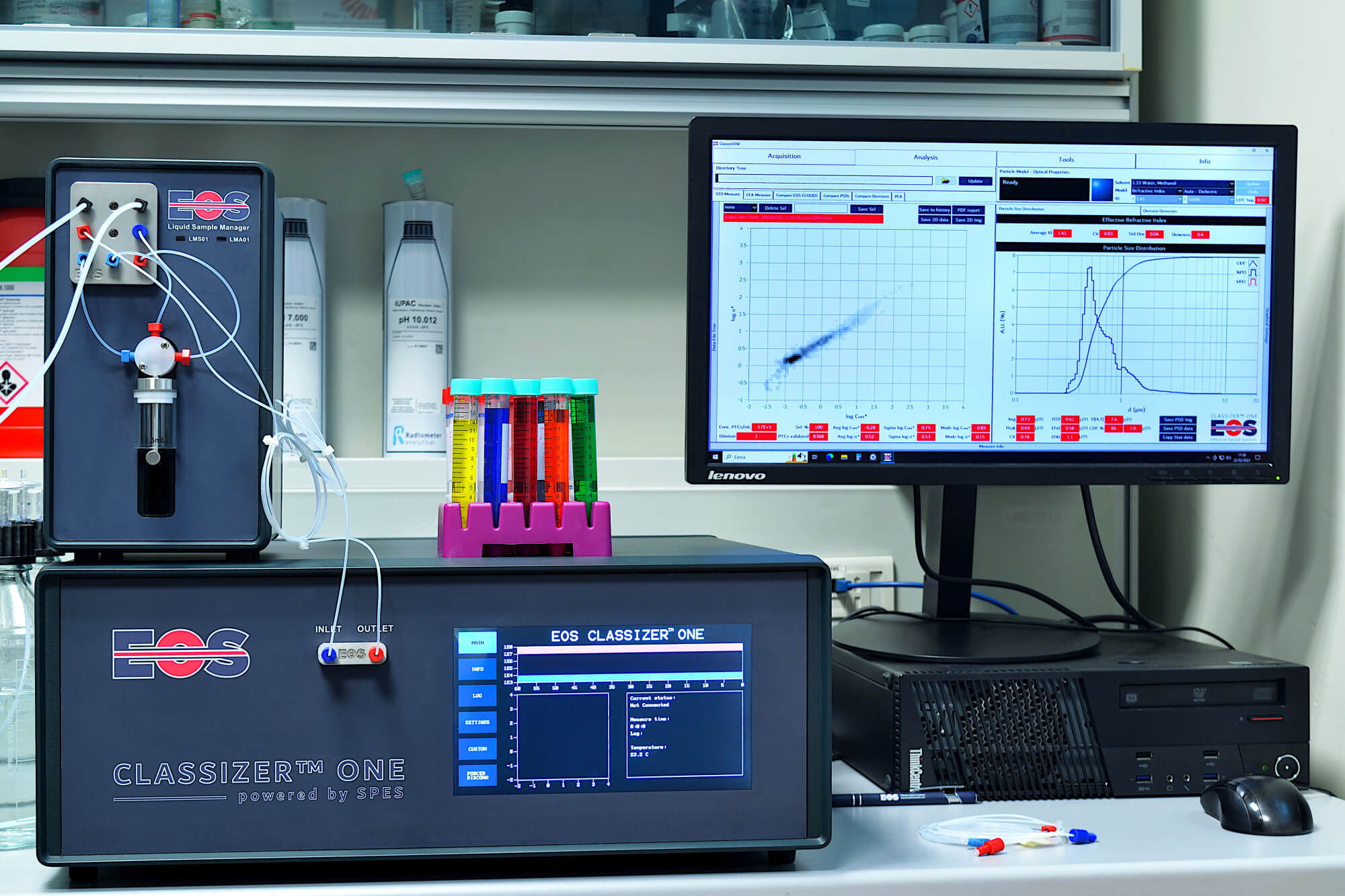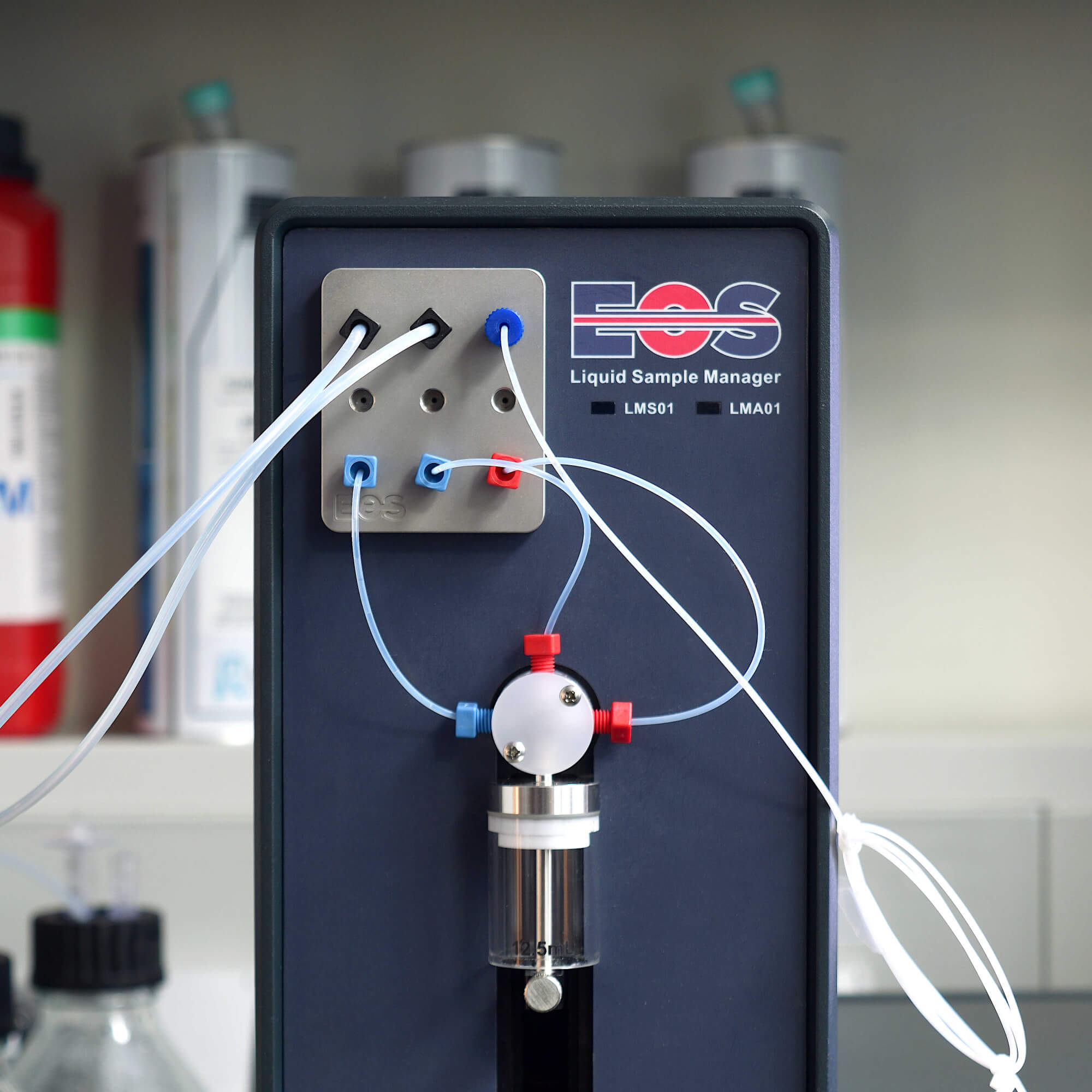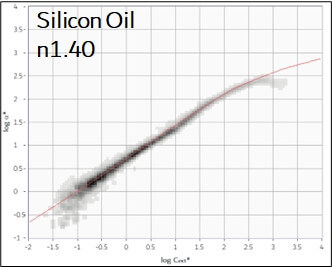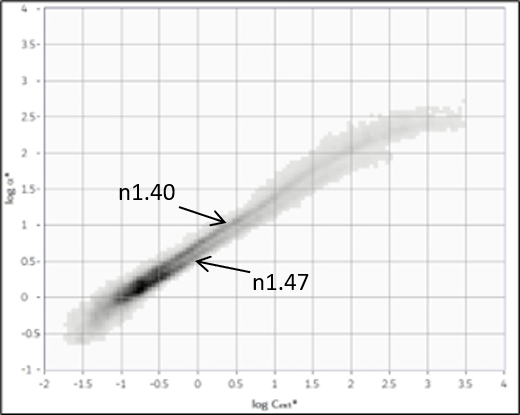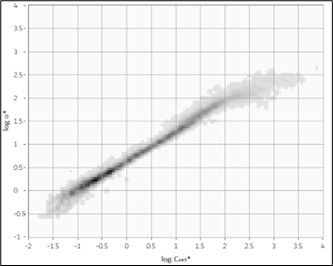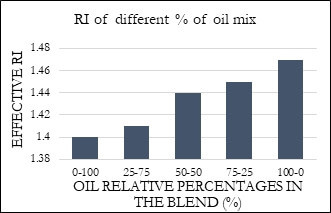Particle analysis of oil-in-water emulsions
Oil-in-water emulsions are widely used, from pharmaceuticals to beverages, paints to speciality chemicals and more. An emulsion is basically a simple system of two immiscible liquids forming droplets. One of the most important properties to control is stability, which can be affected by external factors such as storage, time, temperature, osmolarity, pH, surfactants and shear stress. Weak stability can especially alter droplet size (e.g. by fusion) which can have important consequences for the taste of a soft drink or the effectiveness and safety of a pharmaceutical product.

